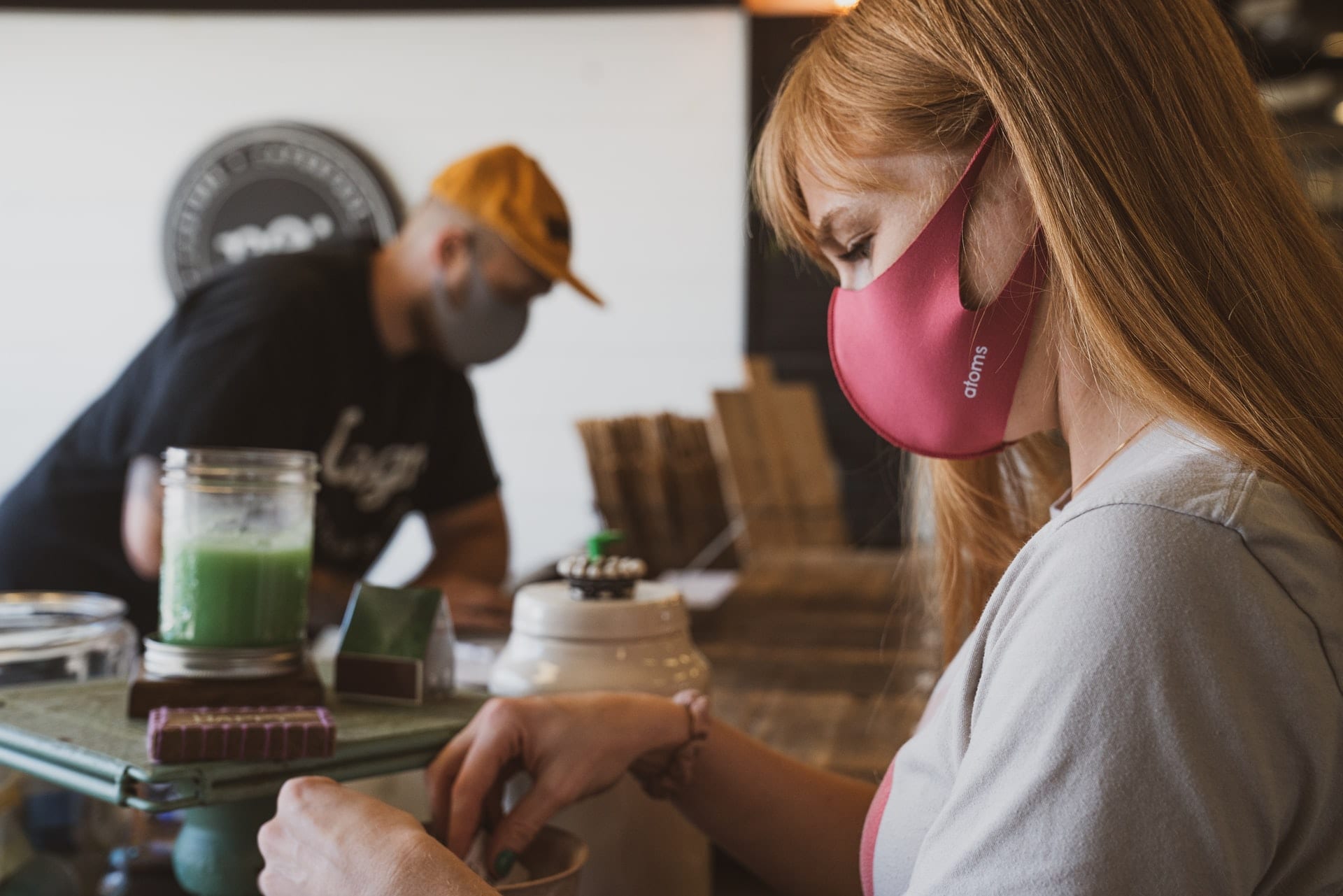Starting an art gallery presents a fulfilling and potentially lucrative opportunity for both art enthusiasts and entrepreneurs. It offers the chance to curate and exhibit diverse creative expressions, support emerging artists, and enrich your local art community.
Yet, akin to any business venture, launching an art gallery demands meticulous planning and a firm grasp of the art realm, business administration, and marketing strategies. Within this article, we aim to lead you through the crucial steps for successfully initiating your art gallery.
Frame Your Vision
Crafting a distinct vision marks the primary and pivotal phase in launching an art gallery. Delve into the realm of determining the art genre to exhibit and the ambiance you wish to cultivate. Tailoring this vision demands consideration of your audience and the locale's essence. Will your focus lean toward contemporary art, fine art photography, or a fusion of diverse mediums? Clarity within your niche becomes your magnet to attract a specific clientele.
Market Exploration
Thorough market exploration stands as a cornerstone in comprehending the local art landscape and pinpointing your contenders. Engage actively by exploring existing galleries, participating in art exhibitions, and networking within artist and collector circles. These immersive experiences unveil regional success strategies and expose potential niches or vacant spots to occupy.

cottonbro studio/ Pexels | To open an art gallery, start by figuring out what kind of gallery you want
Develop a Business Blueprint
Carving out a meticulously structured business blueprint serves as the bedrock for your art gallery's triumph. Elements to include:
- A comprehensive description of your gallery's mission and vision.
- A market analysis spotlighting your audience and competition.
- Financial forecasts detailing startup expenses, operational costs, and revenue predictions.
- Strategies for marketing and attracting both artists and art enthusiasts.
- A management framework delineating roles and responsibilities.
- Exploration of funding sources and financing alternatives.
Navigate Legal Obligations
Embarking on a business journey, particularly in the art domain, necessitates adhering to legal prerequisites. Seek counsel from a legal expert to ensure compliance with local, state, and federal regulations. The checklist may encompass:
- Registering your business and procuring essential licenses and permits.
- Selecting an apt legal structure like a sole proprietorship, LLC, or corporation.
- Establishing a separate business account to manage finances distinct from personal funds.
- Securing insurance coverage to safeguard your gallery against potential liabilities.
Find a Suitable Location
Selecting the right location for your art gallery is crucial. It should align with your target audience and the type of art you plan to exhibit. High-traffic areas in arts districts or cultural hubs are often ideal. Consider factors like visibility, foot traffic, and accessibility when choosing a location.

Leeloo Thefirst/ Pexels | The cost of opening a an art gallery can vary based on several factors.
Curate Your Collection
Your gallery's success relies heavily on the quality of the art you exhibit. Build relationships with artists and curators to source exceptional pieces for your collection. Focus on curating exhibitions that tell a compelling story or convey a theme to engage and captivate your audience.
Design Your Gallery Space
The layout and design of your gallery play a significant role in creating a welcoming and aesthetically pleasing atmosphere. Invest in professional gallery lighting, display systems, and wall colors that enhance the art without distracting it. Consider hiring an interior designer or collaborating with artists to create a unique and inviting space.
Develop an Online Presence
In today's digital age, online presence is crucial for any business, including art galleries. Create a professional website showcasing your artists and their work. Use social media platforms like Instagram, Facebook, and Twitter to connect with a wider audience and promote your exhibitions. Online sales and virtual exhibitions can also help expand your reach beyond your physical location.
Establish Relationships
Building relationships within the art community is essential for the success of your gallery—network with artists, collectors, curators, and other gallery owners. Attend art fairs, auctions, and industry events to connect with potential partners and collaborators. These connections can lead to exciting opportunities and collaborations.

Luna Lovegood / Pexels | Remember that perseverance and dedication are key to building a thriving art gallery business.
Organize Compelling Events
Arrange captivating events like opening receptions, artist talks, and workshops to generate excitement and engage your audience. These occasions facilitate connections between art enthusiasts and artists, offering immersion into the art world. Collaborate with local entities to broaden the scope of your events.
Strategic Marketing
Formulate a robust marketing approach to amplify your gallery and exhibitions. Employ a mix of traditional and digital strategies:
- Generate buzz through press releases and local media coverage.
- Keep your audience informed through targeted email campaigns.
- Engage art enthusiasts and potential collectors via social media ads.
- Collaborate with influencers and art bloggers to create a buzz.
Financial Oversight
Effective financial management is pivotal for your gallery's longevity. Maintain meticulous financial records and regularly assess your financial statements. Develop transparent pricing models for the art you sell, factoring in elements like artist reputation and market demand. Establish a robust cash flow strategy to cover operational and overhead expenses.




